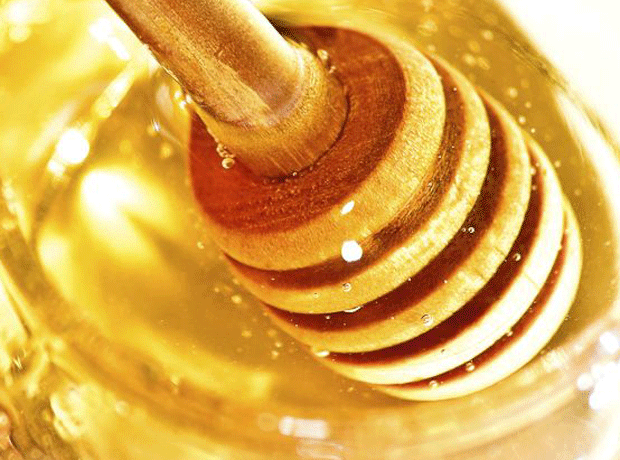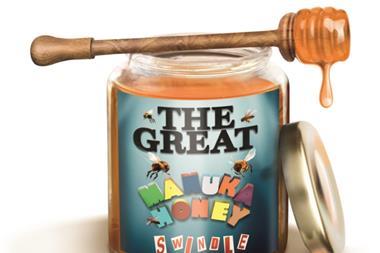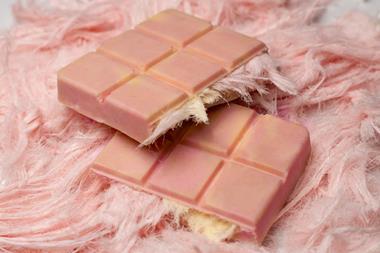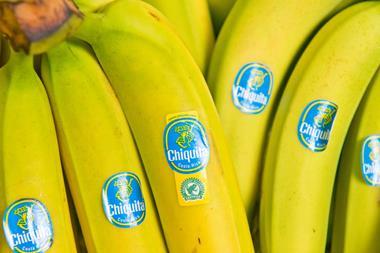
Sir: I enjoyed reading Simon Creasey’s article on the New Zealand manuka honey industry (‘The Great Manuka Honey Swindle?’, 28 June, p40).
I noted the view of Dr David Hoyland, commercial director of Minerva Scientific, that “the major antimicrobial compound responsible for the characteristic NPA … is widely recognised as methylglyoxal.”
His view reinforces that of numerous eminent food scientists. The naturally occurring compound was identified in 2006 by a University of Dresden group led by Professor Thomas Henle. His research has been verified by other prominent chemical scientists, including Professor Peter Molan of the University of Waikato.
There were a couple of assertions I’d like to respond to. The first is that methylglyoxal can be found in other plant species. It cannot. If it is detected in the honey deriving from bees that have harvested the pollen of plants other than manuka, that means only there has been an overlap in flowering between neighbouring plants.
The second, by Rowse’s Kirstie Jamieson, is that there is no published scientific data showing “the special property in manuka … delivers any benefits to the consumer.”
I would suggest any examination of the published work of Professors Henle and Molan and Dr Hoyland demonstrates that the data has existed for many years.
Kerry Paul, CEO, Manuka Health, Auckland, New Zealand


















No comments yet